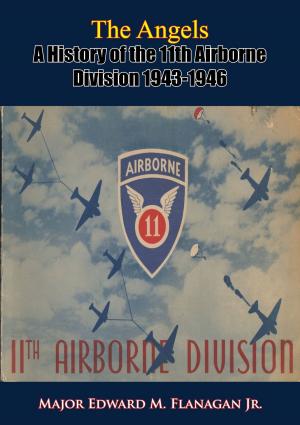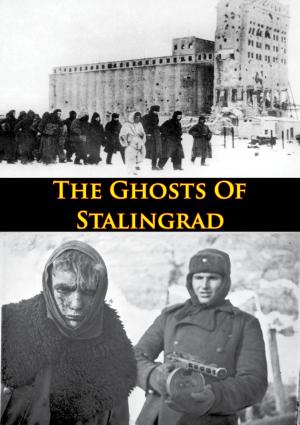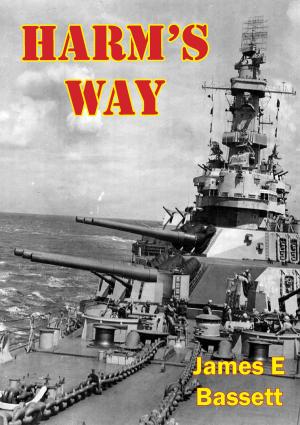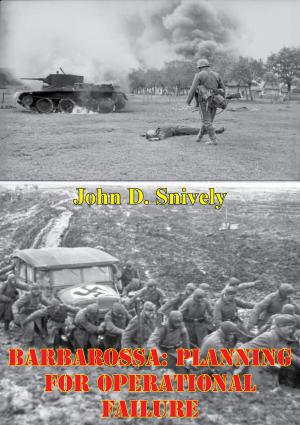Angels Of Armageddon: The Royal Air Force In The Battle Of Megiddo [Illustrated Edition]
Nonfiction, History, Military, World War I, Germany, British| Author: | Major Gary J. Morea | ISBN: | 9781782894414 |
| Publisher: | Verdun Press | Publication: | August 15, 2014 |
| Imprint: | Verdun Press | Language: | English |
| Author: | Major Gary J. Morea |
| ISBN: | 9781782894414 |
| Publisher: | Verdun Press |
| Publication: | August 15, 2014 |
| Imprint: | Verdun Press |
| Language: | English |
Includes World War One In The Desert Illustration Pack- 115 photos/illustrations and 19 maps spanning the Desert campaigns 1914-1918
Egypt and Palestine offered the British an opportunity to fight a war of movement. Unlike the Western Front, Egypt and Palestine were undeveloped with wide expanses of land. It was ripe for the development of maneuver warfare using the mechanical products of the industrial age: motor cars, machine guns, tanks and aeroplanes. In particular, the use of aeroplanes proved vital to the successful British defense of the Suez Canal by providing reconnaissance of enemy formations and early warnings of attack. This role of the Royal Flying Corps expanded in this theater to cover the breadth and depth of British efforts at the tactical, operational and strategic levels. The strategic success of the Royal Air Force in wrestling air superiority from the Germans was the key that allowed the Egyptian Expeditionary Force (EEF) to prepare and conduct its campaign against the central powers across the plains surrounding Megiddo. It provided the EEF intelligence of enemy positions, freedom to maneuver forces undetected, and the depth to attack and rout the retreating Turkish forces to the point of annihilation. The evolution of local air superiority in Palestine, properly coordinated with the ground offensive, was the deciding factor for victory in that theater.
Includes World War One In The Desert Illustration Pack- 115 photos/illustrations and 19 maps spanning the Desert campaigns 1914-1918
Egypt and Palestine offered the British an opportunity to fight a war of movement. Unlike the Western Front, Egypt and Palestine were undeveloped with wide expanses of land. It was ripe for the development of maneuver warfare using the mechanical products of the industrial age: motor cars, machine guns, tanks and aeroplanes. In particular, the use of aeroplanes proved vital to the successful British defense of the Suez Canal by providing reconnaissance of enemy formations and early warnings of attack. This role of the Royal Flying Corps expanded in this theater to cover the breadth and depth of British efforts at the tactical, operational and strategic levels. The strategic success of the Royal Air Force in wrestling air superiority from the Germans was the key that allowed the Egyptian Expeditionary Force (EEF) to prepare and conduct its campaign against the central powers across the plains surrounding Megiddo. It provided the EEF intelligence of enemy positions, freedom to maneuver forces undetected, and the depth to attack and rout the retreating Turkish forces to the point of annihilation. The evolution of local air superiority in Palestine, properly coordinated with the ground offensive, was the deciding factor for victory in that theater.
![Cover of the book Angels Of Armageddon: The Royal Air Force In The Battle Of Megiddo [Illustrated Edition] by Major Gary J. Morea, Verdun Press](https://www.kuoky.com/images/2014/august/500x500/9781782894414-HKrg_500x.jpg)



![Cover of the book THE NEW ZEALANDERS IN SINAI AND PALESTINE [Illustrated Edition] by Major Gary J. Morea](https://www.kuoky.com/images/2014/june/300x300/9781782892441-FJuE_300x.jpg)

![Cover of the book ANTWERP TO GALLIPOLI - A Year of the War on Many Fronts - and Behind Them [Illustrated Edition] by Major Gary J. Morea](https://www.kuoky.com/images/2014/august/300x300/9781782895534-vBFM_300x.jpg)
![Cover of the book Condition Red; Destroyer Action In The South Pacific [Illustrated Edition] by Major Gary J. Morea](https://www.kuoky.com/images/2015/november/300x300/9781786252623-ExZ1_300x.jpg)


![Cover of the book The Red Knight Of Germany - The Story Of Baron Von Richthofen, Germany’s Great War Bird [Illustrated Edition] by Major Gary J. Morea](https://www.kuoky.com/images/2014/june/300x300/9781782891871-O9ox_300x.jpg)

![Cover of the book Marines In World War II - The Assault On Peleliu [Illustrated Edition] by Major Gary J. Morea](https://www.kuoky.com/images/2014/august/300x300/9781782892854-ST4R_300x.jpg)
![Cover of the book PAPUAN CAMPAIGN - The Buna-Sanananda Operation - 16 November 1942 - 23 January 1943 [Illustrated Edition] by Major Gary J. Morea](https://www.kuoky.com/images/2014/august/300x300/9781782894476-lhVI_300x.jpg)

